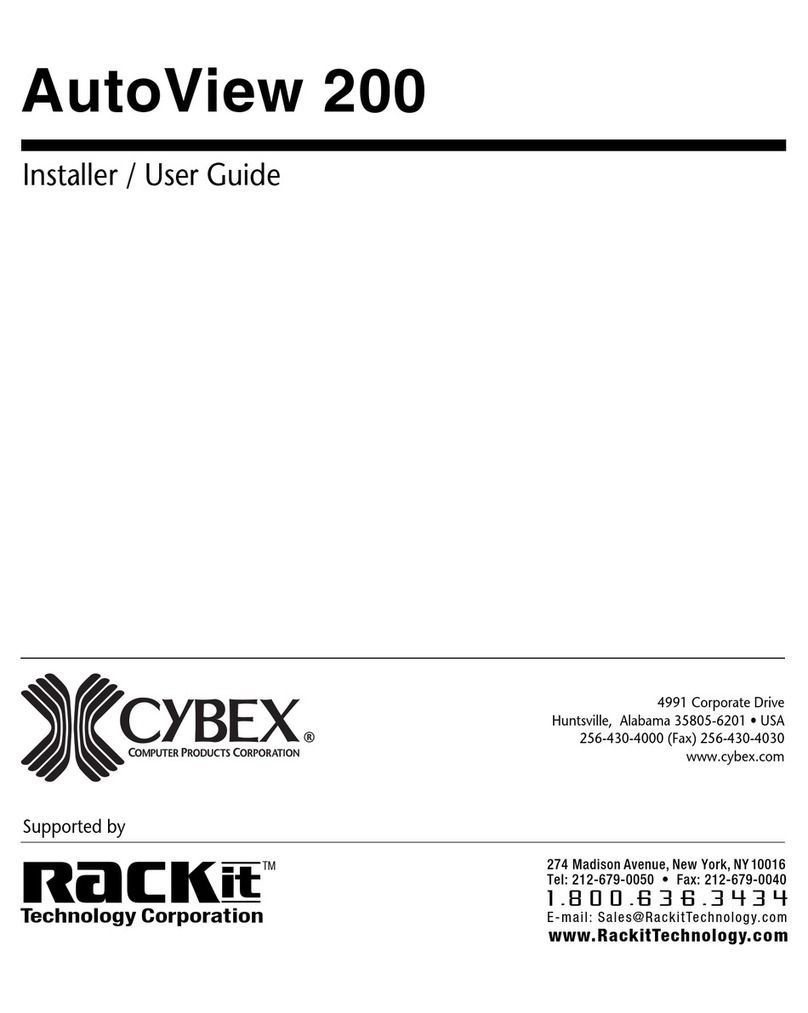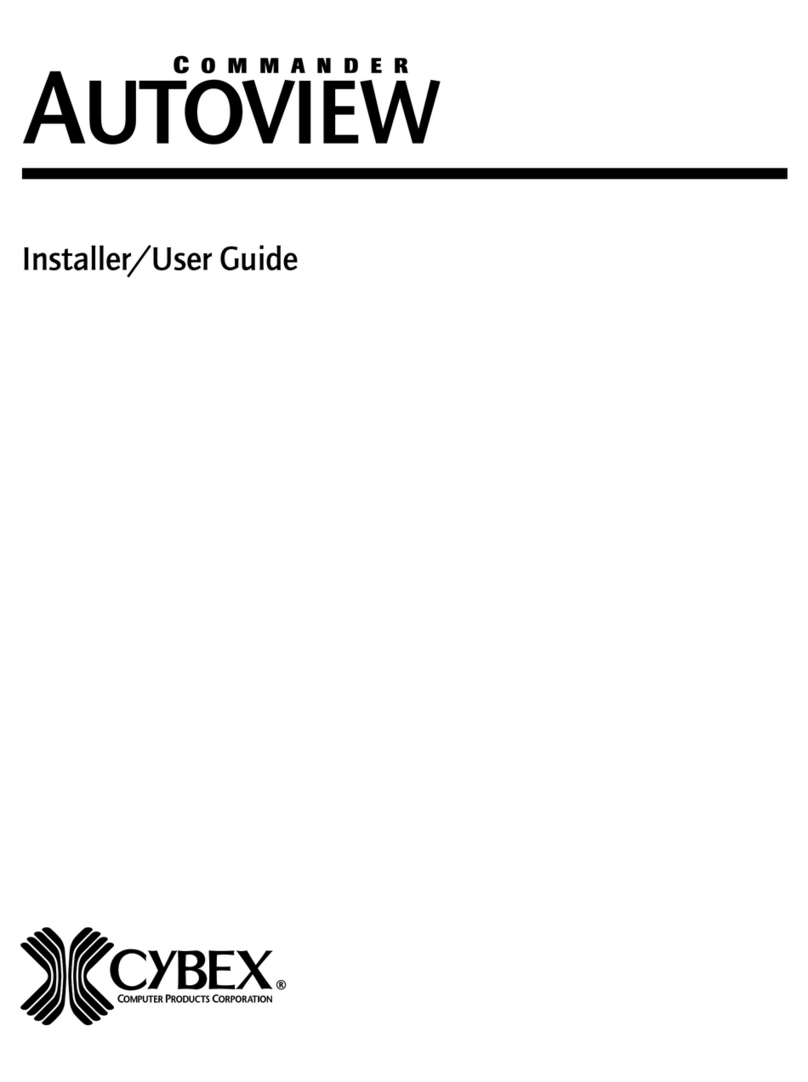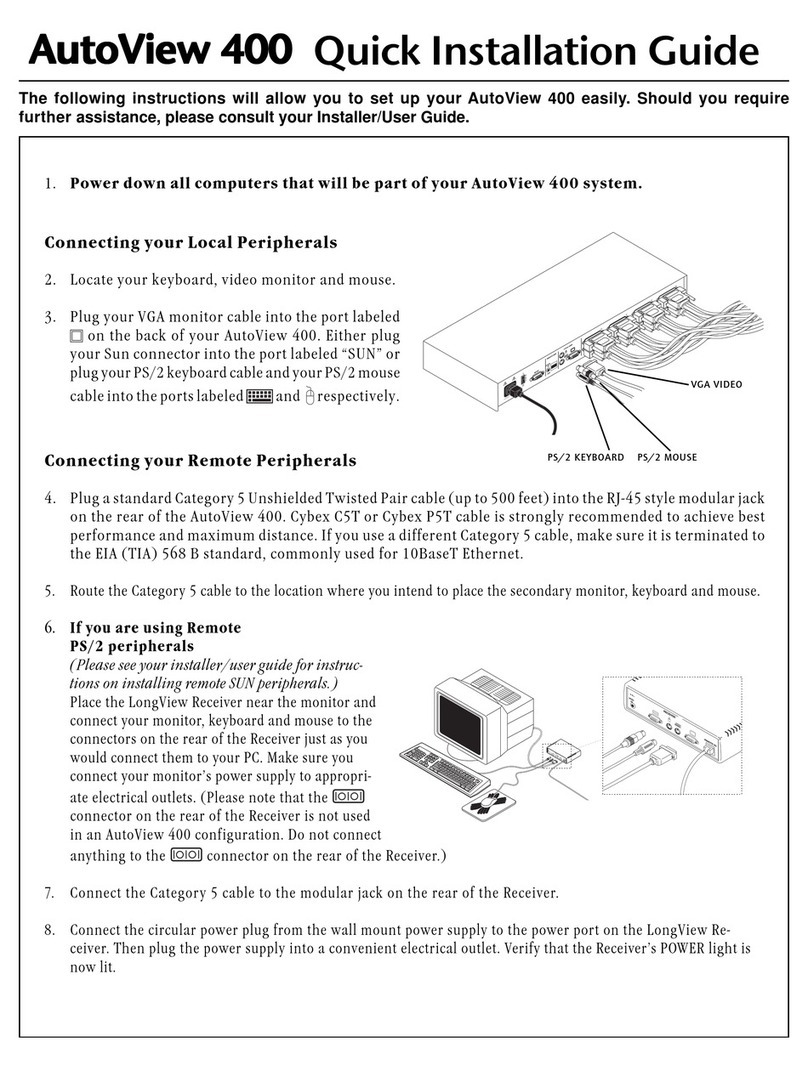
Chapter 7: Basic Operations
LEDs and Front Access Display ................................................ 75
Multiplatform Keyboard Translation........................................... 77
Keyboard Control ...................................................................... 79
Keyboard Switching .................................................................. 80
Multiuser Operation ................................................................... 81
Multimedia Operation ................................................................ 85
Serial Peripherals ...................................................................... 85
KeyScan .................................................................................... 86
Broadcast Mode ........................................................................ 87
Follow Mode .............................................................................. 88
Swap Mode ............................................................................... 88
Privacy Mode ............................................................................ 88
Command Forwarding ............................................................... 89
Chapter 8:
XPDU Module and On-Screen Display
Overview ................................................................................... 91
On-Screen Menu Overview ....................................................... 92
The Channel List Menu (User Level Access) ............................ 92
The User List Menu ................................................................... 93
User Controls Menu (User Level Access) ................................. 94
The Command Line Entry Menu ............................................... 95
Administrator Functions ............................................................ 96
Administrator Controls ............................................................... 99
Dual Monitor Support ................................................................ 102
Chapter 9: Advanced Operations
System Control and Maintenance ............................................. 105
Serial Port Advanced Operations
(for XPLU, XPDU and LCI modules) .................................... 106
Serial Port Advanced Operations (for XPRB Modules) ............. 108
Multi-Part FLASH Upgrades...................................................... 111
Keyboard Switching with Different Cybex Products .................. 112
Physical and Virtual Switches of Computer Interface Modules ......... 113































